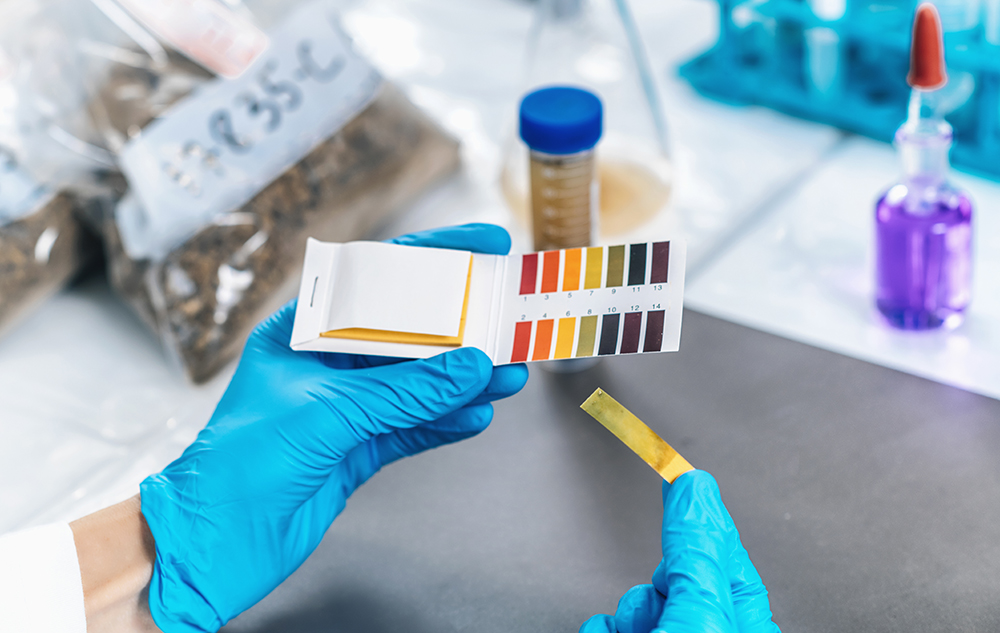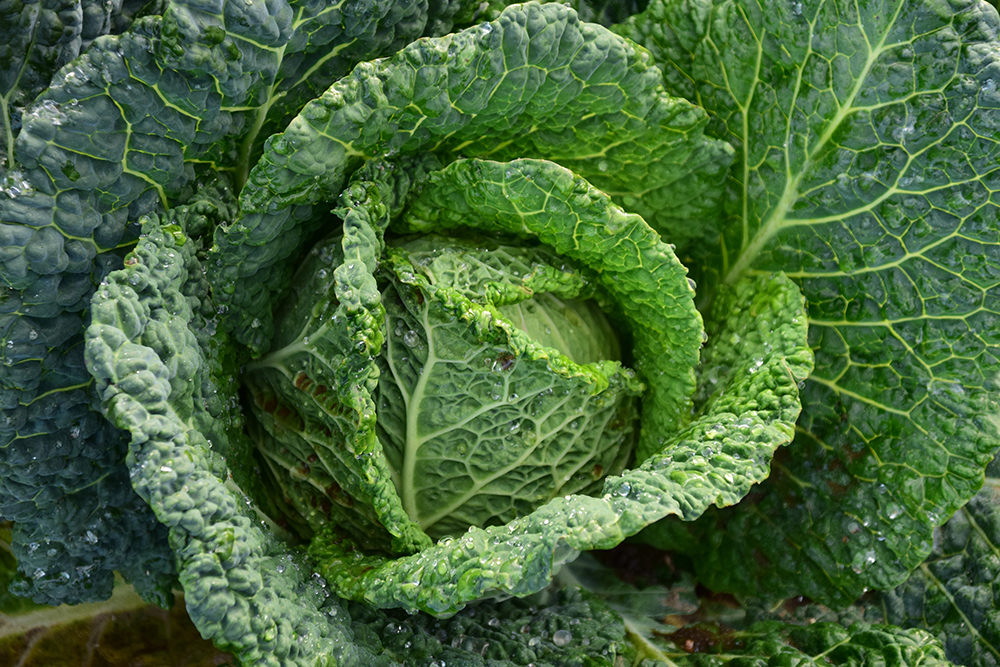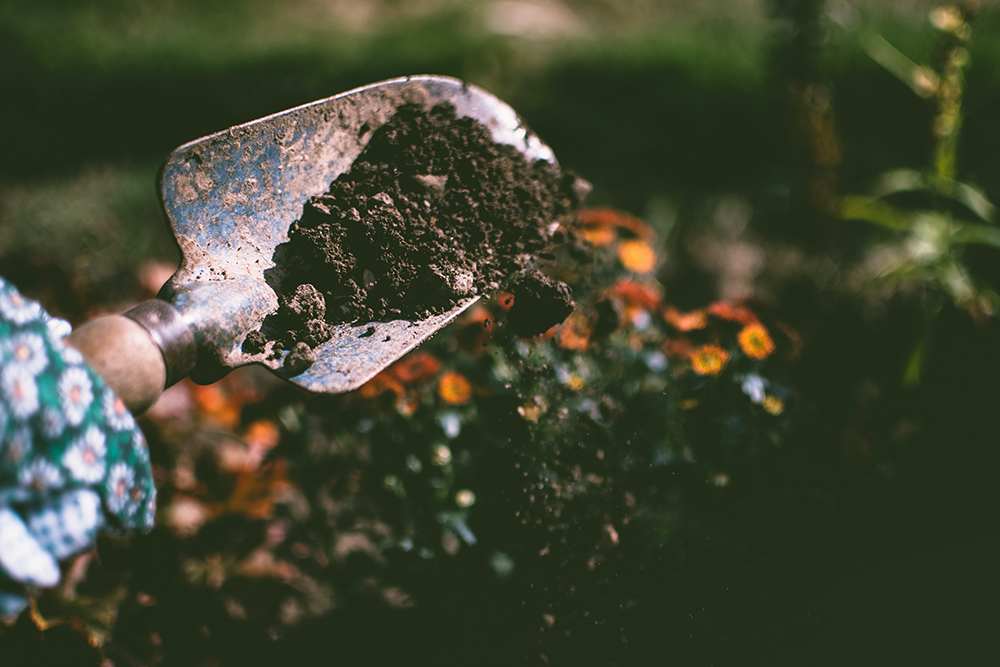If you want your garden or landscape to look its best, it’s important to give your plants what they need to thrive. One important aspect of plant health is the pH of the soil. But what is soil pH, and what needs to be done after you know the pH number? Is it necessary to test the soil? Is the test expensive?
The pH Scale
The chemistry term pH refers to the acidity or alkalinity of a substance. The pH scale is a 14-point scale where 0 is extremely acidic (like battery acid) and 14 is extremely alkaline (like lye). Seven on the pH scale is neutral (like pure water).
In gardening, pH refers to the acidity or alkalinity of the soil. Plants cannot absorb the nutrients they need from the soil unless the pH is within a certain range. This range varies from plant to plant, so it’s important to know the pH of your soil for your plants to be as healthy as they can be.
Soil pH can be tested at home with a simple test. These tests are relatively inexpensive – from $10 to $30 – and can be found at your local home and garden center or on Amazon. Most also test the light and moisture of the soil. More expensive kits are available – $80 to $100 – but these are professional grade, and for most of them, you send away the soil to get the results.

When to Test Your Soil’s pH
If you already have your trees, flowers, and shrubs in the ground, you would only need to test the pH level if you suspect a problem. Each plant has its own optimal range. Since the pH level is an indicator of plants’ ability to absorb nutrients, a plant in soil that is not ideal will have symptoms.
If the leaves are yellowing or dying, you should check the pH. Something is wrong if flowers are small or wither easily. If the fruit is small or lacking, test the soil. Weak roots or stems are also possible issues. Also, you should test your soil every three to five years, since the pH levels can change as plants use the nutrients.
You may want to test the soil before you plant. Since each plant has an optimal range, knowing your soil’s pH may help you decide what to plant. You will want to test many spots of your garden or landscape since pH levels can vary in a given area.

After You Have Tested the Soil
Once you know your soil’s pH, amend the soil according to your plant’s needs. Most of the kits come with recommendations of what to add to the soil according to the pH findings. If not, you can find such information on the Internet very easily.
You may want to begin by finding a fertilizer that is made for the type of tree, shrub, or flower that you have. Search the Internet, or go to a local garden center and ask for help or look in the fertilizer section. The containers will say things like, “Palm Plant Food,” “Rose Fertilizer,” “Hibiscus Fertilizer,” or “Citrus Plant Food.”
If there is no fertilizer for your specific type of plant, all fertilizers have three numbers on them that tell the percentage of nitrogen, phosphorus, and potassium in the mix. So, a bag of fertilizer that says “5-10-12” has 5 percent nitrogen, 10 percent phosphorus, and 12 percent potassium. All fertilizers contain other nutrients as well.
If you want to raise the general level of nutrients in your garden, try composting. If you want to treat the plant more precisely, search the Internet for the symptom you are seeing and give the plant only the specified nutrient. For example, yellow leaves can indicate an iron deficiency, and stunted growth can mean a magnesium deficiency. There are many gardening sources on the Internet that tell how to alleviate each problem.
You can also look into a soil amendment – A material added to soil to improve its physical properties, such as water infiltration, permeability, water retention, drainage, aeration and structure. The goal of soil amendments is to provide a better environment for roots and to optimize the soil for plant growth.

Now You Know
If your plants look like they could use some help, a soil pH test is the first step in reviving them. Your garden or landscape can look its best with an inexpensive test and a few nutrients to amend the soil. If you have not chosen your plants yet, there is no need to amend your soil. There are shrubs, trees and flowering plants that like each type of soil. Simply choose plants that love the soil you already have.
